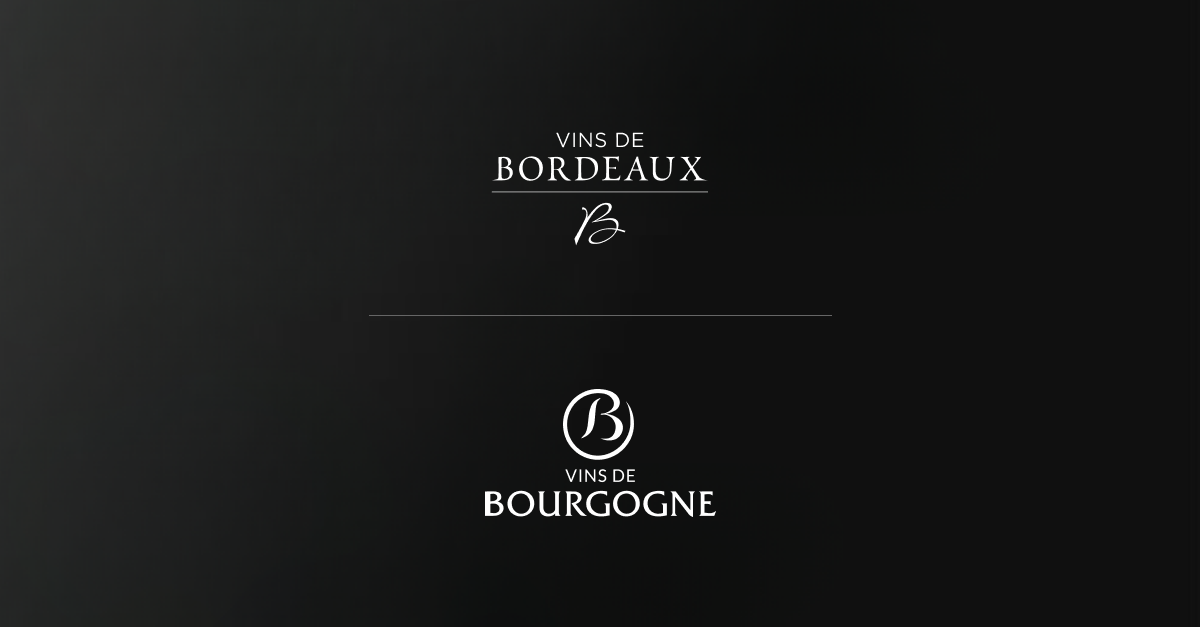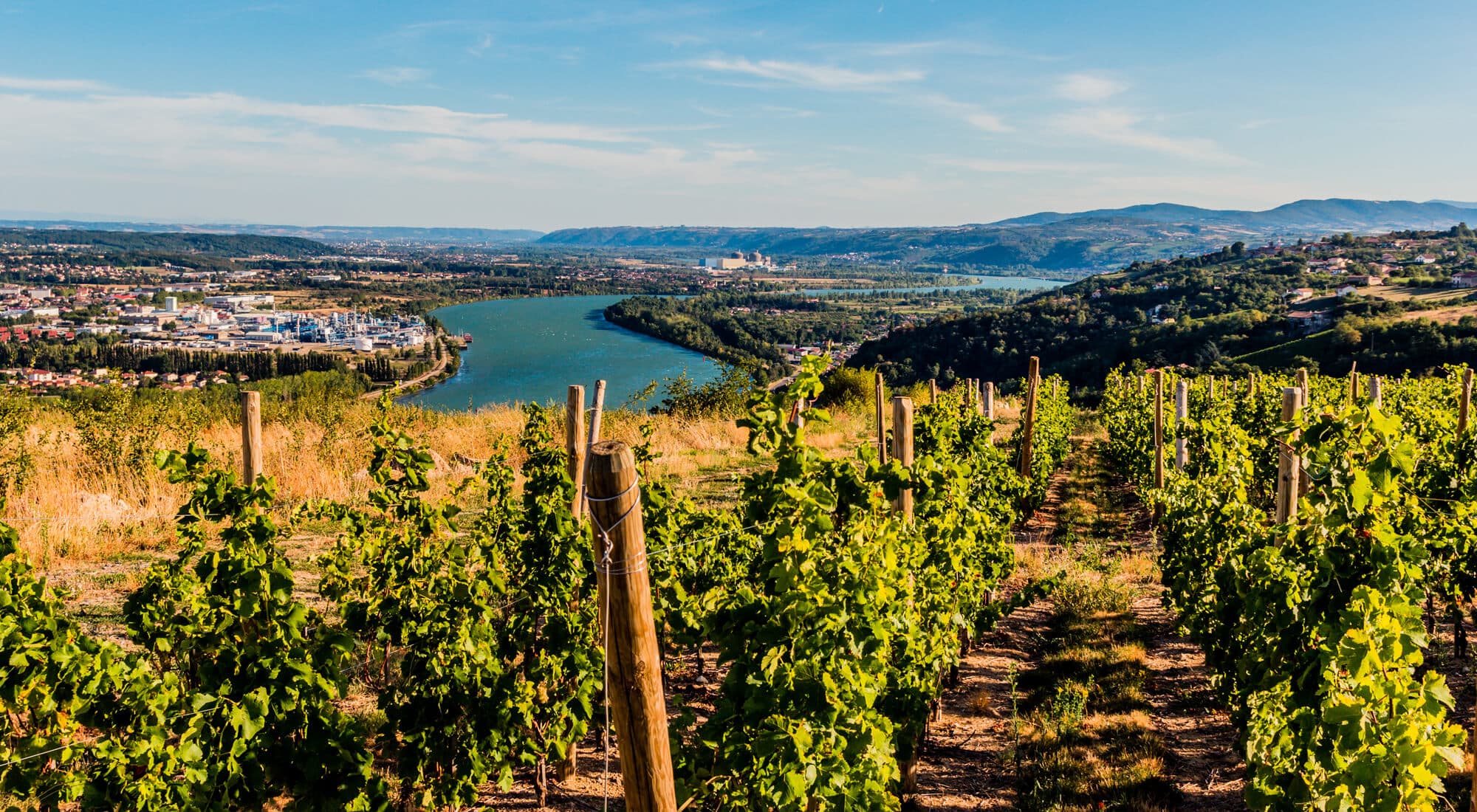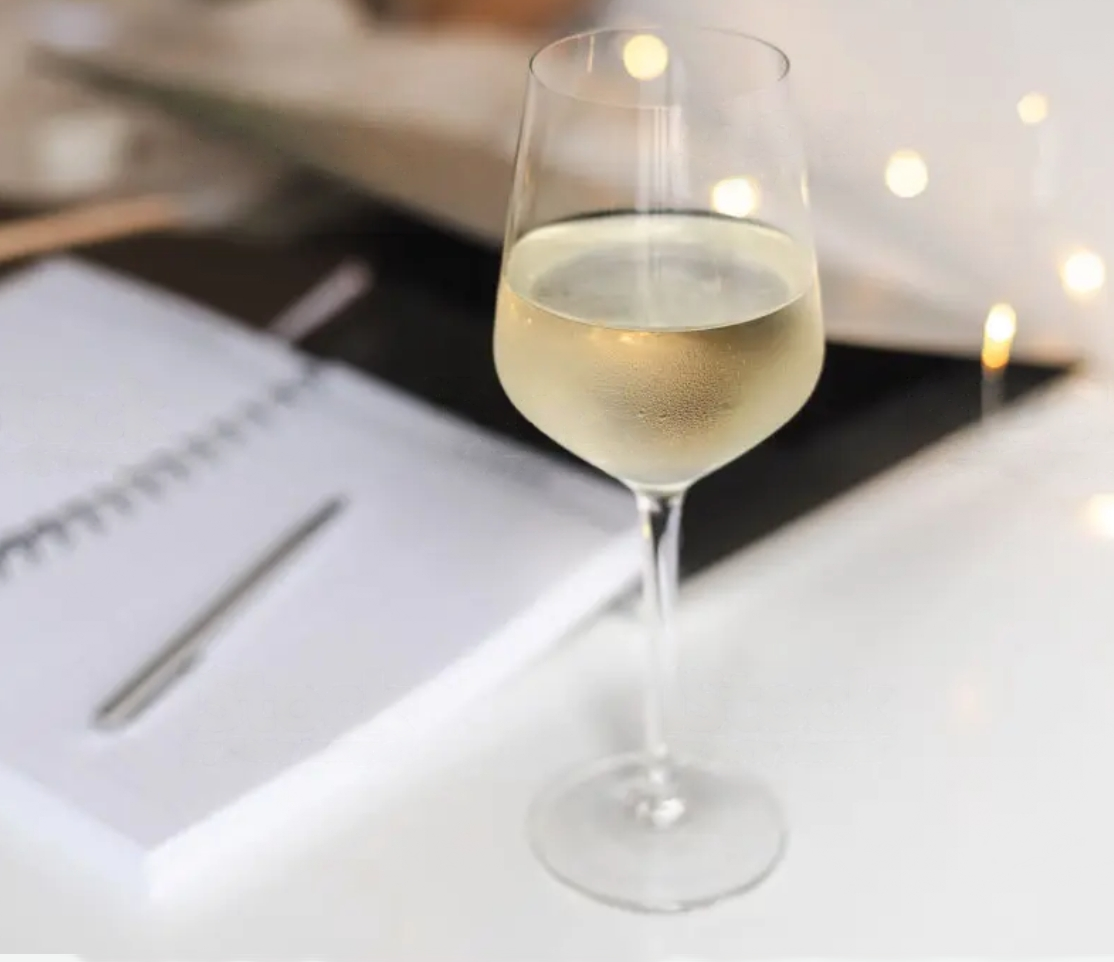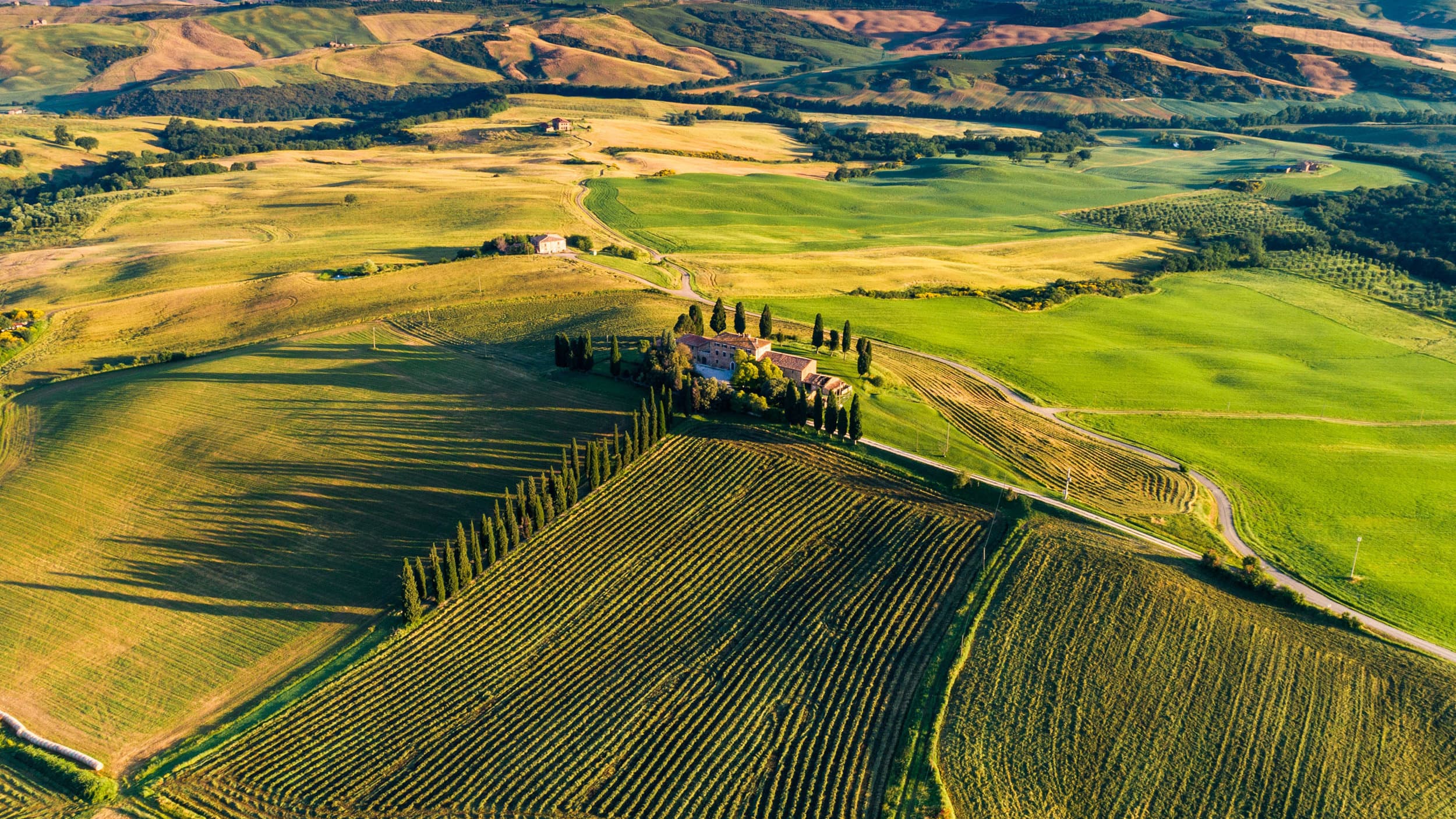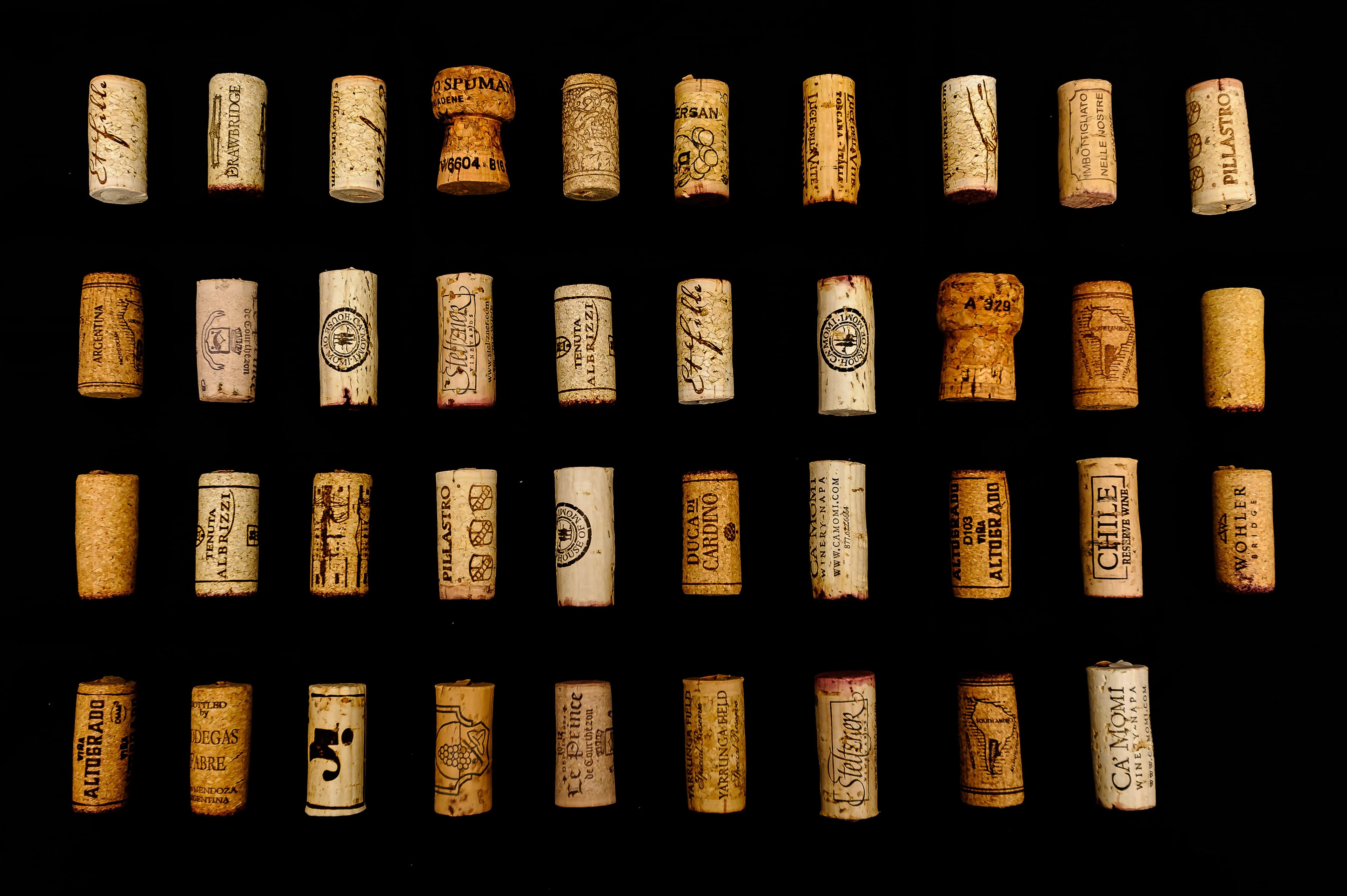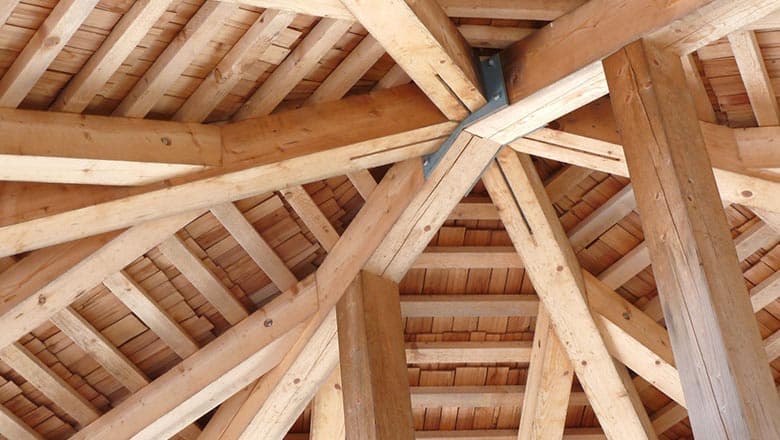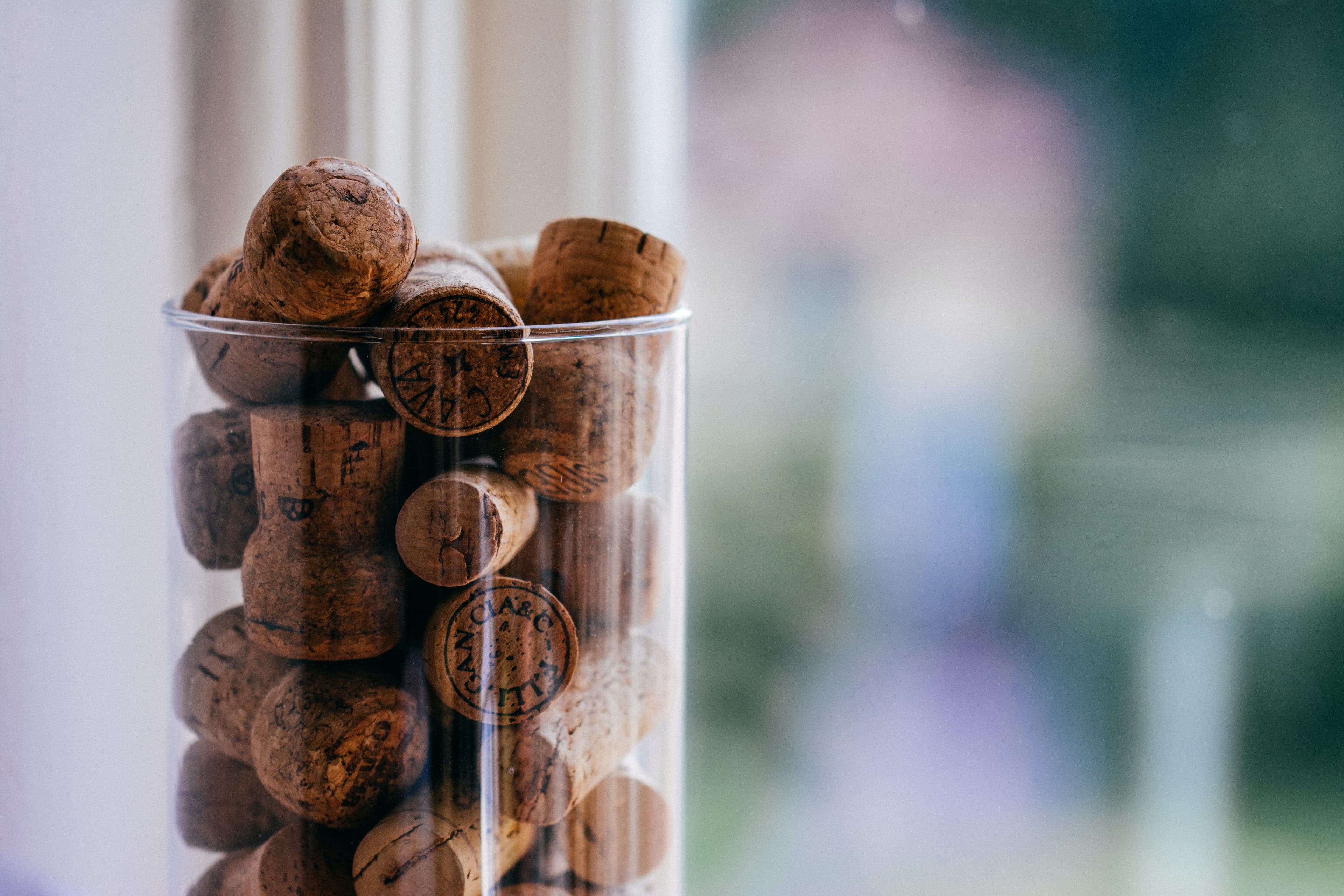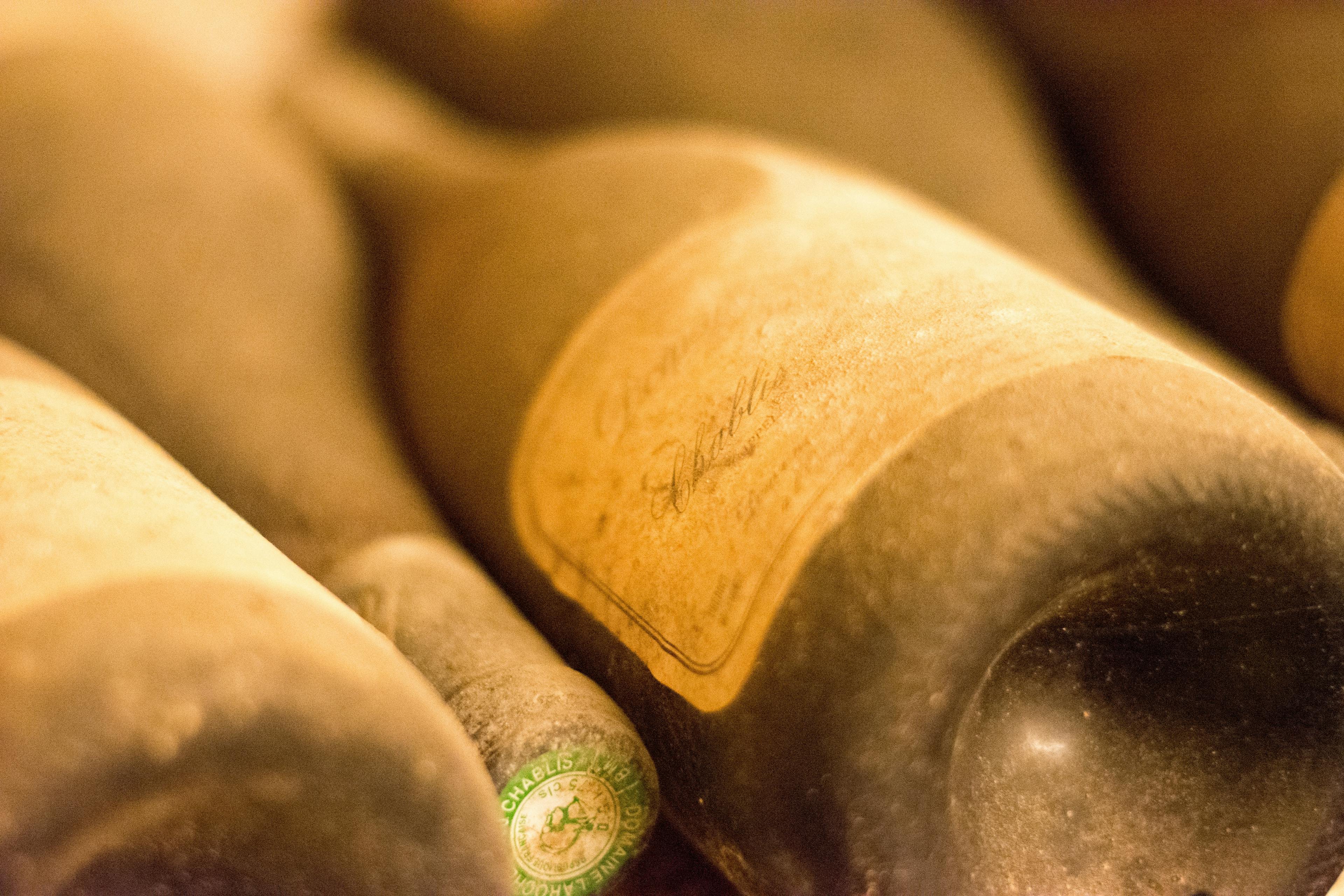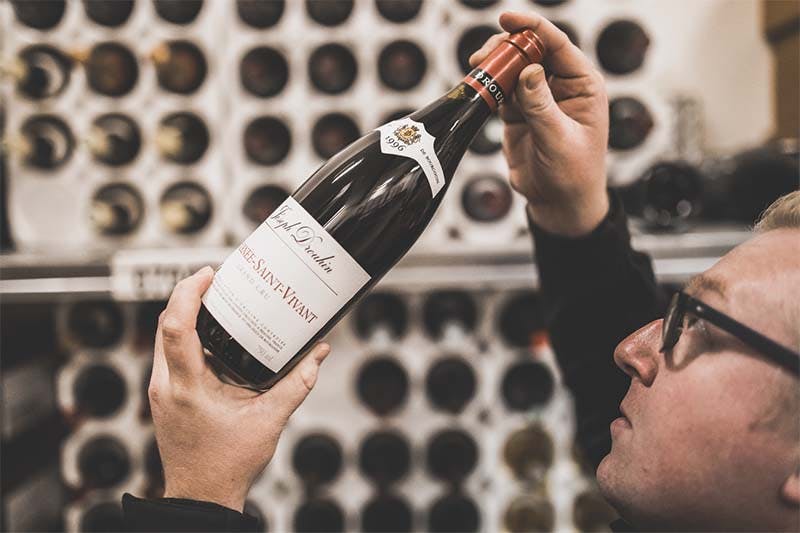
Serving Domaine Leflaive at its best requires a blend of tradition and precise technique. This prestigious Burgundy wine, known for its exceptional quality and depth, demands careful handling to fully express its complex aromas and flavors. Whether you're a seasoned sommelier or a casual wine enthusiast, understanding the proper serving methods can significantly enhance your tasting experience. From the right temperature to the choice of glassware, each step plays a crucial role in unfolding the wine's true character. In this guide, we'll explore the essential practices for presenting Domaine Leflaive in a way that honors its rich heritage and exquisite craftsmanship.
Choosing the Right Glassware for Domaine Leflaive
Selecting the appropriate glassware for Domaine Leflaive can significantly enhance your tasting experience. For white wines, such as those from Domaine Leflaive, a glass with a narrower opening is ideal. This design helps to concentrate the bouquet, allowing the subtle aromas and flavors to emerge more distinctly. Typically, a Chardonnay glass, which is slightly wider than a standard white wine glass, works well. It offers ample room for the wine to breathe while directing the wine to the center of the tongue for optimal flavor profiling.
Material Matters: Opt for crystal over glass as it is thinner and can maintain the wine's temperature more consistently.
Size and Shape: A medium-sized glass is perfect; it should hold about 10-12 ounces, ensuring that there is enough surface area for the wine to aerate.
Rim: Choose a glass with a fine rim to enhance your drinking experience, making each sip smoother.
For those interested in exploring how Domaine Leflaive pairs with various dishes, detailed food pairings can provide valuable insights into creating memorable dining experiences.
Ideal Serving Temperature for Domaine Leflaive
Serving Domaine Leflaive at the ideal temperature is crucial for maximizing its flavor and aroma. White wines from Domaine Leflaive, particularly those from Burgundy, should typically be served slightly chilled. The optimal temperature range is between 10°C to 14°C (50°F to 57°F). This cooler temperature helps to highlight the wine's delicate floral and fruit nuances while maintaining a balanced acidity.
Chardonnay: For Chardonnay-based wines like those from Domaine Leflaive, aim for the higher end of this range to allow the complexity of the wine to shine through.
Younger Vintages: These can be served on the cooler side to enhance their freshness and vibrancy.
Aged Whites: Older vintages benefit from being served a bit warmer to better exhibit their mature characteristics.
To achieve these temperatures, store the bottle in a wine fridge or a cool cellar before serving. If these options are not available, placing the wine in a regular refrigerator for a couple of hours before serving will suffice. Just be sure to monitor the chilling process closely to avoid overcooling, which can mute the wine's flavors and aromas.
Decanting Domaine Leflaive: Is It Necessary?
Decanting Domaine Leflaive wines, particularly those from older vintages, can significantly enhance the tasting experience. The primary reason to decant is to separate the wine from any sediment that has formed over time. Sediment is natural in aged wines but can be unpleasant if poured into your glass. Decanting also allows the wine to breathe, opening up the aromas and flavors which are often tightly coiled in older bottles.
However, not all Domaine Leflaive wines require decanting. Younger whites, for example, are typically enjoyed without this step. These wines are crafted to express freshness and vibrancy immediately upon opening. Decanting could potentially dissipate some of their delicate floral and fruity characteristics.
For those who choose to decant, timing is crucial. Aged whites might need just 30 minutes to an hour, as excessive exposure to air could lead to oxidation, diminishing the wine's complexity and nuance. Always use a clean, odor-free decanter and pour slowly to ensure minimal disturbance to the wine.
Ultimately, whether or not to decant Domaine Leflaive wines depends on the specific bottle and personal preference. For more detailed guidance on enjoying these exquisite wines, consider the following points:
Assess the age and style of the wine.
Consider the wine’s fragility when exposed to air.
Taste the wine before and after decanting to understand the difference.
The Role of Aeration in Serving Domaine Leflaive
Aeration plays a crucial role in enhancing the experience of enjoying Domaine Leflaive wines. When serving these prestigious bottles, allowing the wine to breathe before consumption can significantly impact its bouquet and flavor profile. This process is particularly beneficial for Chardonnay, the varietal for which Domaine Leflaive is renowned. By exposing the wine to air, aeration helps in softening tannins and releasing a complex array of aromas that might otherwise remain subdued.
For optimal results, consider decanting the wine for about 30 to 60 minutes before serving. This duration is sufficient to unlock the subtle nuances and intricate flavors developed through meticulous craftsmanship. However, the exact time can vary based on the vintage and specific wine characteristics.
Temperature Matters: Serve at a slightly chilled temperature, ideally between 12°C and 14°C, to best appreciate its qualities.
Use Proper Glassware: Opt for a wide-bottomed decanter and Burgundy glasses to enhance the olfactory experience.
Gentle Pouring: Pour slowly to avoid disturbing the sediment, which is common in well-aged wines.
By following these guidelines, the full potential of Domaine Leflaive's wines can be truly appreciated, making every sip a testament to the region's heritage and winemaking excellence.
Serving Domaine Leflaive: Order and Progression
When serving Domaine Leflaive, the order and progression of the wines are crucial to fully appreciate their complexity and depth. Begin with the younger or less complex wines and gradually move towards the older or more sophisticated bottles. This allows the palate to adjust and appreciate the subtle differences and evolving profiles of each wine.
Start with Bourgogne Blanc: This entry-level wine offers a fresh and vibrant introduction, setting a baseline for the taste profile typical of Domaine Leflaive.
Progress to Village Wines: Next, serve wines from specific villages like Puligny-Montrachet. These provide a step up in complexity and minerality, offering a deeper insight into the terroir-specific characteristics.
Explore Premier Crus: After the village wines, introduce the Premier Crus. These selections showcase refined elegance and greater depth, with nuanced layers that reward attentive tasting.
Conclude with Grand Crus: Finish with the most prestigious labels such as Bâtard-Montrachet or Bienvenues-Bâtard-Montrachet. These wines represent the pinnacle of Domaine Leflaive's craftsmanship, delivering unparalleled richness and longevity.
This structured approach ensures a memorable and enlightening experience, highlighting the exquisite craftsmanship behind each bottle.
How Long to Chill Domaine Leflaive Before Serving
Chilling Domaine Leflaive to the perfect temperature before serving is crucial for enhancing its flavor profile. White wines, such as those from Domaine Leflaive, generally require a specific chilling period to ensure they are served at their best. For optimal enjoyment, chill Domaine Leflaive for about two to three hours in a standard refrigerator. This duration allows the wine to reach approximately 10-12°C (50-54°F), which is ideal for most white wines.
Check the Temperature: Use a wine thermometer to check the temperature of the Domaine Leflaive before serving.
Adjust According to Taste: If you prefer a slightly warmer or cooler taste, adjust the chilling time accordingly.
Consider the Wine Type: Different wines from Domaine Leflaive might require slight adjustments in chilling time due to their unique characteristics.
Understanding the history of Domaine Leflaive can also enhance your appreciation of the wine, as each bottle carries the legacy of its renowned Burgundy vineyards. Properly chilled, each sip reflects the meticulous care and tradition that define this esteemed winery.
Tips for Pouring Domaine Leflaive
When serving Domaine Leflaive, the manner in which you pour can significantly enhance the wine's aromas and flavors. Here are some essential tips to ensure you get the most out of these exquisite bottles:
Temperature Matters: Always chill white wines from Domaine Leflaive to about 12°C (53°F). This temperature helps to maintain the delicate balance of acidity and minerality that these wines are known for.
Use the Right Glass: Opt for a white wine glass with a wide bowl to allow the wine to breathe. This shape also helps to better channel the wine's complex aromas to your nose, enhancing the overall tasting experience.
Decanting: Some of the popular vintages may benefit from decanting, especially if they are older. Decanting helps to separate the wine from any sediment that might have formed and introduces a bit of oxygen, which can brighten the flavors.
Pouring Technique: Pour slowly to avoid agitating the wine too much. A gentle pour preserves the wine’s integrity and ensures that its flavors are expressed as intended by the winemaker.
By following these tips, you can serve Domaine Leflaive in a way that respects its quality and heritage, making every glass an exceptional experience.
Using Wine Charms and Accessories with Domaine Leflaive
Using wine charms and accessories can enhance the experience of enjoying Domaine Leflaive, a prestigious Burgundy wine. Wine charms, in particular, are not only functional but also add a personal touch to your gathering. They help guests keep track of their glasses, which is especially useful when hosting larger events. Opt for charms that complement the elegance of Domaine Leflaive, such as those made from delicate materials like silver or pearl.
Additionally, consider the type of glassware you use. Burgundy wines, with their complex aromas and flavors, are best served in larger, balloon-shaped glasses that enhance the olfactory experience. The right decanter is also crucial; it should allow the wine to breathe, softening its flavors and releasing its bouquet.
For more detailed information, explore these facts about Domaine Leflaive. This knowledge will not only impress your guests but also deepen your appreciation of the wine.
Use wine charms that reflect the sophistication of Domaine Leflaive.
Select glassware that maximizes the wine's aromatic profile.
Choose a decanter that facilitates optimal aeration.
Handling Large Bottles of Domaine Leflaive
Handling large bottles of Domaine Leflaive, such as magnums or Jeroboams, requires special attention to preserve the wine's quality and enhance its presentation. These bottles hold a greater volume of wine, which impacts how the wine ages, often resulting in a slower maturation process compared to standard-sized bottles. This can influence the characteristics of the wine, potentially leading to a more complex and nuanced flavor profile.
When serving large bottles of Domaine Leflaive, consider the following tips:
Temperature Control: Ensure the wine is chilled to the appropriate temperature, typically around 12-14°C for white wines. Larger bottles may need additional time to reach the desired temperature due to their size.
Decanting: Decanting is crucial for older vintages or sediment-prone wines. It allows the wine to breathe and sediment to settle, ensuring a clearer pour.
Proper Glassware: Use high-quality, appropriately shaped wine glasses to fully appreciate the aroma and flavor nuances. Larger glasses are preferable as they better accommodate swirls and help aerate the wine.
Pouring Technique: Pour slowly to avoid disturbing any sediment. With larger bottles, using a sturdy wine cradle or a second pair of hands can help manage the weight and ensure a smooth pour.
Post-Serving Care for Domaine Leflaive Bottles
After enjoying a bottle of Domaine Leflaive, proper post-serving care is crucial to maintain the quality of any remaining wine and preserve the integrity of the bottle for future use. Here are some essential steps to follow:
Re-corking the Bottle: Immediately after pouring, re-cork the bottle tightly. If the original cork is damaged, use a wine stopper that provides an airtight seal. This prevents oxidation, which can alter the wine's flavor and aroma.
Storing the Wine: Store the re-corked bottle in a cool, dark place. Ideal storage temperatures are between 45°F and 65°F (7°C to 18°C). Avoid places with high temperature fluctuations, such as on top of refrigerators or near ovens.
Positioning the Bottle: Keep the wine bottle on its side if it will be stored for more than a few days. This position keeps the cork moist, preventing it from drying out and allowing air into the bottle.
Consumption Timing: Try to consume the remaining wine within three days after opening. As time passes, the wine's exposure to air will gradually degrade its quality.
By following these guidelines, you can ensure that every glass of Domaine Leflaive maintains its intended flavor and bouquet, providing an optimal tasting experience each time.
Conclusion
In conclusion, serving Domaine Leflaive at its best involves more than just the right temperature and glassware; it's about preserving the integrity and enhancing the complexity of the wine. By following the guidelines outlined—such as ensuring the wine is served at the optimal temperature, using the correct glassware, and considering decantation—you can truly honor the tradition and craftsmanship of Domaine Leflaive.
At Rekolt, we understand the importance of not only serving wine in the best possible way but also ensuring its provenance and quality from the moment it leaves the vineyard until it pours into your glass. Our professional cellar storage option offers an ideal environment for aging your wines, maintaining their quality, and ensuring that they develop as the winemaker intended. This service not only preserves the wine in optimal conditions but also enhances its resale and trade potential, making it a valuable investment for connoisseurs and collectors alike.
Whether you are planning to enjoy a bottle now or save it for a special occasion in the future, Rekolt provides a seamless solution that respects the legacy of premium wines like Domaine Leflaive. By entrusting us with your wine storage, you ensure that each bottle's story continues to evolve, adding depth to both its flavor and its history.
Share this article
